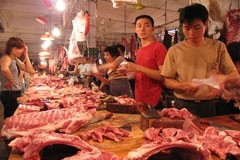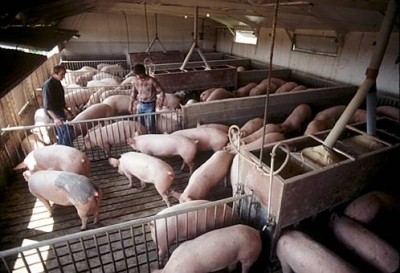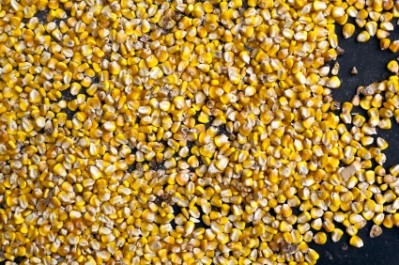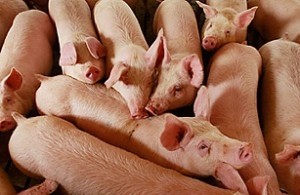Chinese must make tough choices on corn and pork
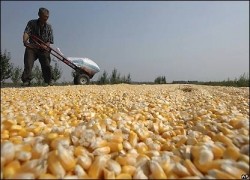
The report, entitled “The Industrialisation of China’s Pork Supply Chain” and published yesterday by Rabobank, estimated that annual deliveries of the grain into the country would reach 20mn tonnes by 2017 if current trends in China’s pork production and industrialisation were to continue.
Given the sheer size of the pork market,which currently stands at over 50mn tonnes, the impact of any growth in the quantity of corn required to feed the herd will be sure to be felt at a macro level in terms of price rises, tight supplies and an increased trend towards GMO development.
The report, however, suggested that If China could improve its corn yields and swine-feed conversion ratios towards US levels, then its goals of self-sufficiency could be achievable.
Marginally possible
But how likely is China to focus on increasing its yield of corn?
According to Pan Chen Jun of Rabobank’s Food and Agribusiness Research and Advisory group, one of the report’s authors, this would be possible on a marginal level, given the amount of time and financial investment China has placed into R&D.
“However, the potential to improve that is less than the potential to improve hog productivity,” said Pan. “The government supports the growth of the pork industry through a number of policies, such as subsidy, pork reserves and new slaughtering regulations.”
Stability required
Indeed, ensuring a stable market supply of pork and providing reasonable profits for farmers were the ultimate goals of government policy listed in the report.
“The government is trying to create a market-orientated system via control. On the one hand, the government encourages fair competition, which is driven by market demand. On the other hand, a number of policies have been launched to guide the development direction of the industry and to intervene in the market when violent ups and downs are anticipated,” it outlined.
However, Pan cautioned against allowing prices for the meat to grow too fast. “As pork is the staple meat [in China], and it has a relatively heavy weight on the consumer price index basket, an increase in pork prices will drive up CPI,” she warned. “It is an important food for consumers, so soaring prices will be the last thing that the government would like to see.”
